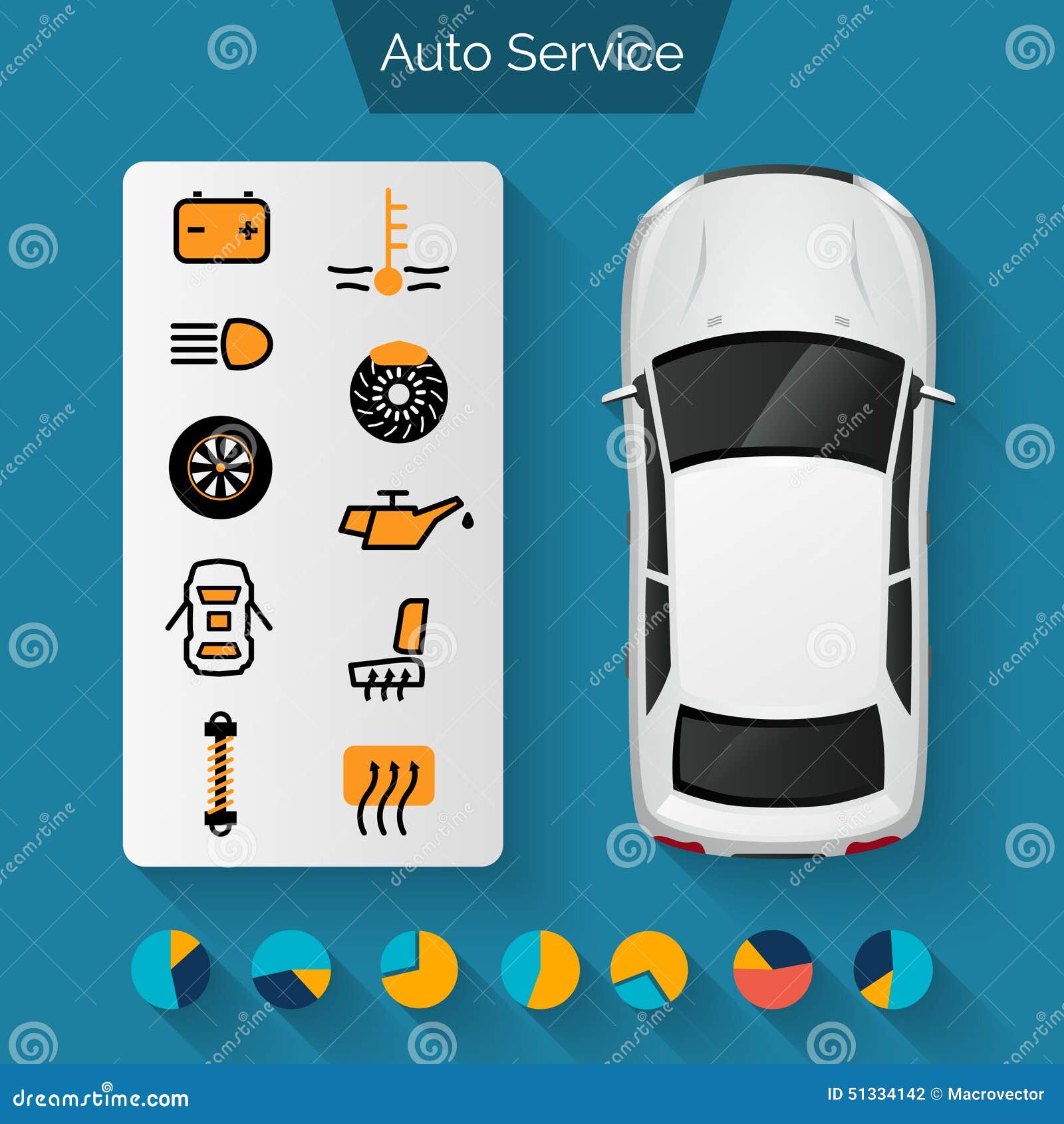Translating Your Vehicle'S Warning Indicators: What They Absolutely Symbolize
Translating Your Vehicle'S Warning Indicators: What They Absolutely Symbolize
Blog Article
Uploaded By-Vinson Winters
When you lag the wheel, those beautiful warning lights on your dashboard can be a bit puzzling. Do you understand what they're trying to tell you concerning your automobile's health? Comprehending the relevance of these lights is important for your safety and security and the durability of your car. So, the next time among those lights appears, would not you wish to decode its message precisely and take the essential steps to resolve it?
Common Caution Lights and Interpretations
Recognize common warning lights in your vehicle and recognize their definitions to guarantee risk-free driving.
One of the most typical warning lights include the check engine light, which signals concerns with the engine or discharges system. If https://brakes-plus06284.is-blog.com/36630204/seeking-to-locate-the-top-automobile-repair-shop-in-your-location-discover-the-top-10-tips-that-will-certainly-allow-you-to-make-an-educated-decision begins, it's essential to have your vehicle checked without delay.
The oil pressure alerting light indicates low oil pressure, needing immediate attention to avoid engine damages.
A blinking battery light could recommend a damaged charging system, possibly leaving you stranded if not dealt with.
The tire stress surveillance system (TPMS) light signals you to reduced tire stress, influencing vehicle stability and gas efficiency. Overlooking this could result in unsafe driving conditions.
The ABS light shows a problem with the anti-lock braking system, endangering your ability to quit promptly in emergency situations.
Lastly, the coolant temperature level warning light warns of engine overheating, which can cause serious damages if not settled quickly.
Comprehending these typical caution lights will certainly aid you deal with problems promptly and keep risk-free driving problems.
Significance of Prompt Attention
Understanding the typical caution lights in your automobile is only the first step; the value of promptly addressing these warnings can't be stressed enough to ensure your safety when driving.
When a warning light illuminates on your control panel, it's your cars and truck's way of interacting a potential concern that needs focus. Ignoring these cautions can lead to extra serious issues later on, jeopardizing your safety and possibly costing you a lot more in repairs.
mouse click the up coming internet site to alerting lights can protect against failures and accidents. For example, a blinking check engine light might show a misfire that, if left unattended, might create damages to the catalytic converter. Addressing this quickly can conserve you from a costly fixing.
Likewise, a brake system cautioning light could indicate low brake fluid or used brake pads, critical parts for your safety and security when driving.
Do It Yourself Troubleshooting Tips
If you observe a caution light on your control panel, there are a couple of DIY repairing tips you can try before looking for professional aid.
The primary step is to consult your vehicle's handbook to understand what the details caution light shows. In some cases the issue can be as easy as a loose gas cap activating the check engine light. Tightening the gas cap might settle the problem.
engine bay detailing is a low battery, which can activate numerous cautioning lights. Inspecting the battery links for rust and guaranteeing they're safe may take care of the problem.
If a warning light persists, you can try resetting it by disconnecting the car's battery for a few minutes and after that reconnecting it. Additionally, inspecting your vehicle's fluid levels, such as oil, coolant, and brake liquid, can help fix advising lights connected to these systems.
Verdict
Finally, recognizing your vehicle's caution lights is vital for keeping your automobile running efficiently and safely. By immediately resolving these informs and recognizing what they indicate, you can avoid costly fixings and possible malfunctions.
Remember to consult your vehicle's handbook for particular information on each cautioning light and act as necessary to make certain a hassle-free driving experience.
Remain educated, stay risk-free on the road!
